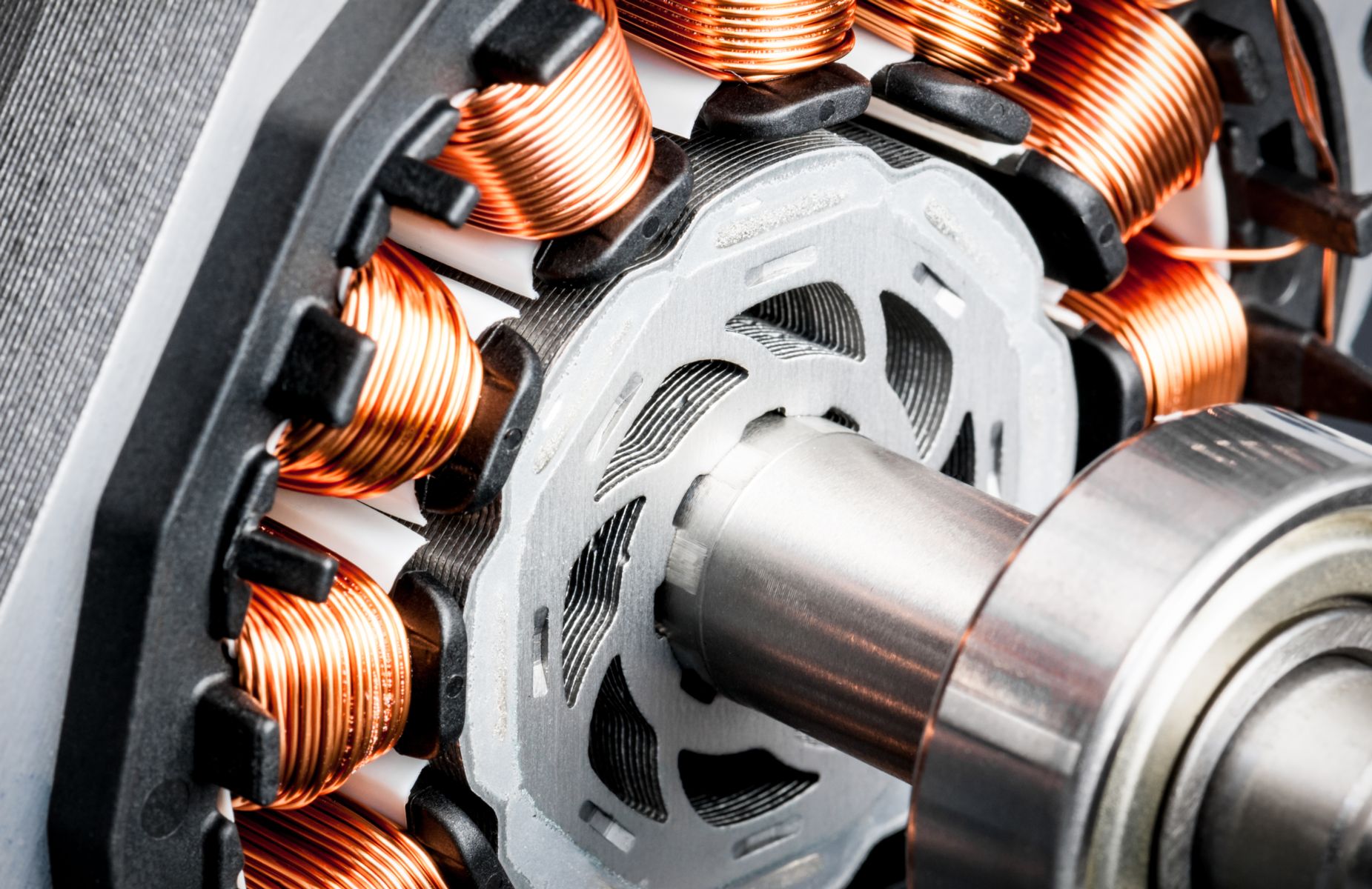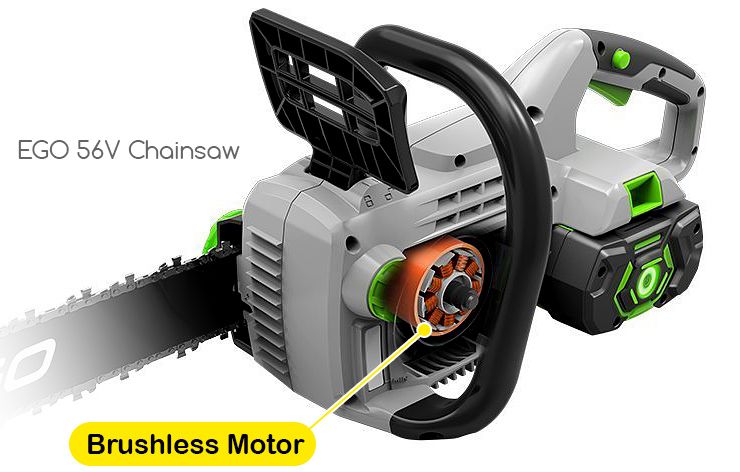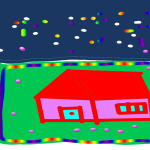Hello everyone and welcome again to the world of tech.
There are many types of motors which are used to get thing done in our day to day lives. These include stepper motors, brushless motors, and brushed motors.
Today we are going to find out what brushless motors are and how they work with info graphics to help you understand them. You’ll be able to understand basics at a glance.
OK then … Let’s start surfing through the facts right away….
First, let’s see what a brushless motor is …
Brushless motors are synchronous electric motors which move around electronically. They emit direct current, or DC powered magnets to move the stator. Brushless motors use a step motor controller instead of brushes and a commutator. A commutator is a physical connection that periodically converts the direction of current. It creates a rotation that in turn converts electrical energy into mechanical energy.
Here is a info graphic with the main parts of a brushless motor >>>>>>
Parts of a brushless motor

Fig : 01
Even if you study Fig : 1, you probably will not have a clear idea about the difference between the BRUSHLESS MOTORS and CONVENTIONAL BRUSHED MOTORS. Let’s explore a few facts about brushed motors.
Conventional Brushed Motors
The conventional brushed motor was the best choice when torque control, or speed, was important until the 1980’s. It’s history can be traced back to the experiments of Michael Faraday in the 1830’s. His work to determine whether or not a current carrying wire would produce a circular magnetic field around it was successfully done.

Other scientists, such as William Sturgeon and Joseph Henry, led to the birth of well established designs of brushed DC motor based on the works of Michael Faraday.
The major application of the brushed motor includes railway traction, steel rolling mills, robotics and printers.
They have a wide range of outputs going all the way up to several megawatts. Low watt motors are often used in toys.
Try to identify the main parts of a Convectional Brushed motor with the below diagram.
Parts of a Convectional Brushed Motor

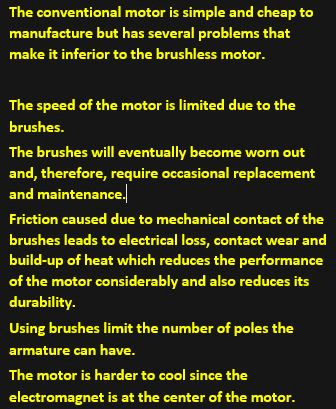
Try to identify the difference between brushless vs. brushed motors by watching the video below.
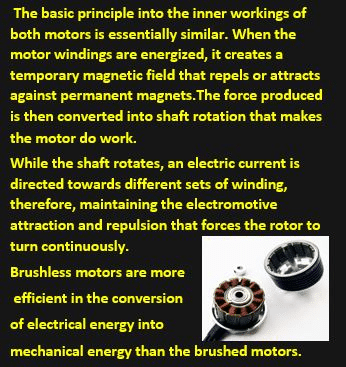
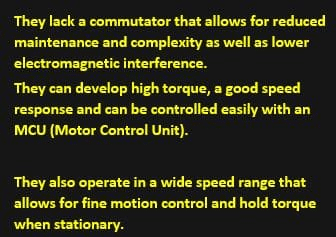
So what’s the difference between the brushless and brushed motors???
Let’s figure it out!!!
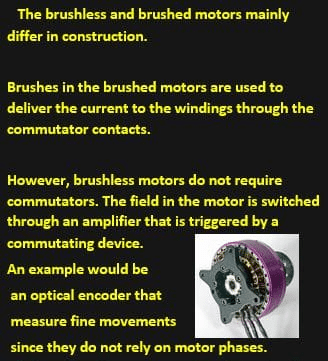
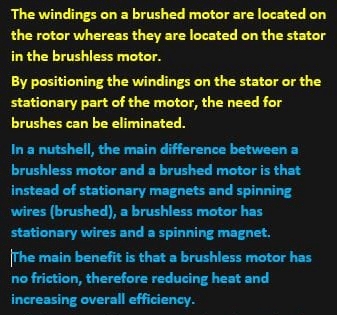
I’ll be making another post to talk about the advantages and disadvantages of the two types of motors and common applications of them.
Please tell me your ideas, or any questions you have in the comments.
Until we meet again, have a nice day and be safe!!!!
